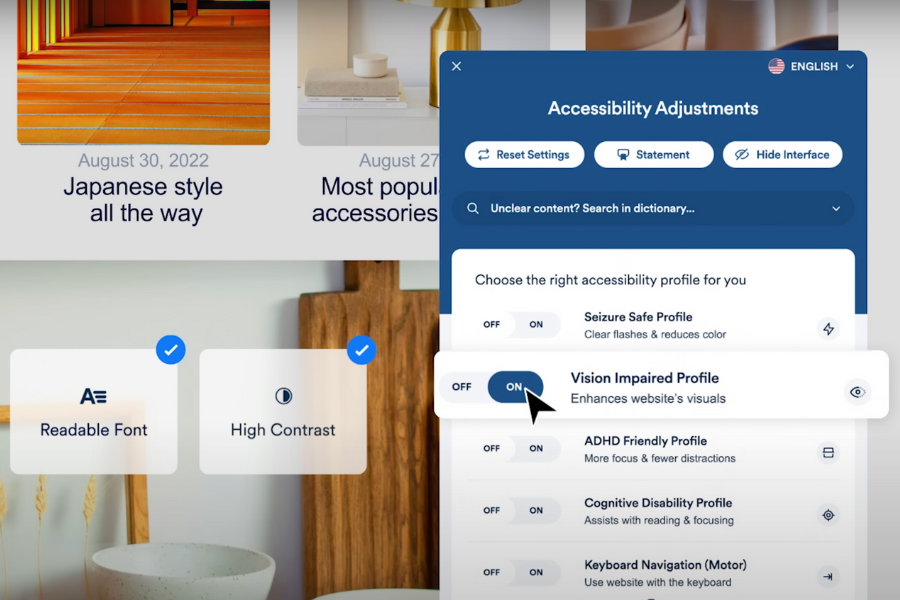Introduction
Embarking on a website project can be an exciting endeavor, but without proper planning and understanding of the project’s requirements, it can quickly turn into a chaotic and inefficient process. This is where the discovery phase comes in. Often overlooked or undervalued, the discovery phase plays a pivotal role in setting the stage for a successful website project. In this blog post, we will delve into the significance of the discovery phase and explore how it lays the foundation for a well-executed website project.
1. Understanding Project Goals
The discovery phase begins by gaining a comprehensive understanding of the project’s goals and objectives. Engaging with stakeholders, clients, and end users allows the project team to identify the purpose of the website, its target audience, and the desired outcomes. By clarifying these goals upfront, the entire project team can align their efforts towards a common vision, ensuring that the project’s direction is clear from the outset.
2. Defining Scope and Requirements
A well-defined scope and set of requirements are vital for the success of any website project. During the discovery phase, project stakeholders collaborate to identify and outline the features, functionalities, and content that the website should encompass. This process helps manage expectations, prevents scope creep, and sets realistic boundaries for the project. Clearly defining the scope and requirements enables the team to plan and allocate resources effectively.
3. Gathering User Insights
A user-centric website is more likely to achieve its intended goals and deliver a superior user experience. The discovery phase provides an opportunity to conduct user research, analyze user behavior, and gather valuable insights into the target audience’s needs and preferences. Through surveys, interviews, and data analysis, the project team can uncover user pain points, expectations, and desired functionalities. These insights serve as a compass for designing a website that caters to the target audience’s requirements, resulting in increased engagement and user satisfaction.
4. Assessing Technical Requirements
In addition to understanding user needs, the discovery phase also involves assessing the technical requirements of the website project. Evaluating the existing technical infrastructure, compatibility requirements, and potential scalability needs helps determine the appropriate technology stack, hosting options, and development approach. By addressing technical considerations early on, the project team can avoid unforeseen challenges during implementation and ensure a smooth and efficient development process.
5. Risk Identification and Mitigation
No project is without risks, but the discovery phase provides an opportunity to identify and mitigate potential pitfalls. By analyzing the business environment, competitors, and industry trends, the project team can anticipate risks and develop strategies to mitigate them effectively. Whether it’s identifying potential bottlenecks in the development process or addressing security concerns, proactive risk management during the discovery phase significantly reduces the likelihood of costly rework, delays, or project failures.
6. Establishing Project Timelines and Budgets
A well-planned website project requires realistic timelines and budgets. Through the discovery phase, the project team can establish achievable milestones and allocate resources appropriately. By considering the scope, requirements, and available resources, the team can create a project plan that accounts for potential challenges and ensures efficient project management. Clear timelines and budgets enable stakeholders to make informed decisions and monitor progress effectively throughout the project lifecycle.
7. Collaboration and Alignment
The discovery phase promotes collaboration and alignment among project stakeholders. By involving key team members, clients, and end users in the discovery process, the project team fosters open communication, clarifies expectations, and resolves any conflicting viewpoints. This collaborative approach lays the foundation for a successful partnership, ensuring that everyone is working towards a shared vision and understanding.
Conclusion
The discovery phase is an indispensable part of any website project. By investing time and effort into understanding project goals, defining scope and requirements, gathering user insights, assessing technical requirements, identifying risks, and establishing realistic timelines and budgets, the project team can set the stage for success. Embracing the discovery phase allows for a smoother and more efficient project execution, resulting in a website that meets business objectives, delights users, and stands out in a competitive digital landscape.



